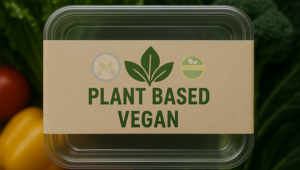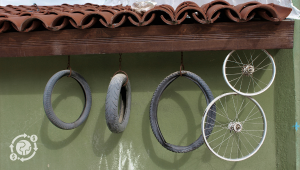Program Overview
This program is designed to help logistics and supply chain professionals leverage rail and intermodal freight as strategic levers for long-haul transport optimization. The course covers key planning considerations—like rake availability, route selection, cargo compatibility, terminal infrastructure, and multimodal transfers. Participants will explore cost-benefit comparisons between road and rail, develop modal mix strategies, and address planning constraints such as lead times, rake utilization, and transshipment delays. Case studies from heavy industry, cement, automotive, and retail sectors bring real-world insight into intermodal adoption, policy incentives, and network design.
Features
- Evaluate when and how to shift freight from road to rail or multimodal combinations
- Design efficient intermodal movement plans using rake load planning and ICD access
- Analyze cost, time, and reliability trade-offs in modal decision-making
- Leverage government schemes and policy frameworks to reduce logistics cost via rail
Target audiences
- Logistics & SCM Professionals
- Plant Logistics Teams
- Transport Optimization Teams
- Network Designers
Curriculum
- 5 Sections
- 25 Lessons
- 1 Day
Expand all sectionsCollapse all sections
- Modal Economics – Why & When to Choose Rail or Intermodal5
- 1.1Cost & Volume Thresholds: Per tonne/km breakeven, shipment size benchmarks
- 1.2Keywords: Unit Train, Rake Utilization, Terminal Handling Charges (THC), LR (Lorry Receipt)
- 1.3Decision Logic: Rail vs Road vs Combined – when is each viable?
- 1.4Case: Cement player shifted to rake loads and saved 22% freight spend
- 1.5Tools: Mode Cost Comparison Template – decision logic builder
- Indian Railways & Private Freight Operator Ecosystem5
- 2.1IR Freight Services: BCNA, BRN, BOXN, NMG rake types
- 2.2Private Freight Terminals (PFTs), DFC integration, Sidings
- 2.3Keywords: FOIS (Freight Operations Information System), RMS (Rail Mode Shift), WRR (Wagon Routing Request)
- 2.4Case Study: Heavy equipment moved via private siding with advance rake booking
- 2.5Tools: Indian Railways rake booking flow – from indent to rake release
- Intermodal Planning – Syncing Rail, Road, and Port5
- 3.1Concepts: Containerization logic, Rail-Road-ICD-Port interfaces
- 3.2Keywords: DPD (Direct Port Delivery), ICD (Inland Container Depot), CTO (Combined Transport Operator)
- 3.3Situational Focus: Lead time inflation due to handover mismatches between legs
- 3.4Case Study: Agri-export firm used ICD-based intermodal route for cost & time balance
- 3.5Framework: Map an end-to-end multimodal shipment using scenario inputs
- Constraints, Lead Time Management & Equipment Planning5
- 4.1Availability of rakes, sidings, loading crews, rolling stock compatibility
- 4.2Weight restrictions, time-tabled freight trains, weather-related downtime
- 4.3Keywords: Free Time, Demurrage, Ground Rent, Rail Wagon Pooling
- 4.4Case: Delayed rake unloading led to ₹10L demurrage due to crew mismatch
- 4.5Toolkit: Rake Utilization Calculator + Buffer Planning Model
- Governance, KPIs & Infrastructure Planning5
- 5.1KPIs: Turnaround Time, Rake Utilization %, Damage %, Transit Time Variance
- 5.2Keywords: Lead-Time vs Cost Trade-Off, Rail Service Level Agreements, FMLM (First Mile/Last Mile) Visibility
- 5.3Audit Points: ICD congestion, transloading accuracy, document flow
- 5.4Case: Metal producer redesigned intermodal nodes to cut inventory carrying cost
- 5.5Deliverable: Design your company’s rail/intermodal movement model – cost–time–volume aligned






